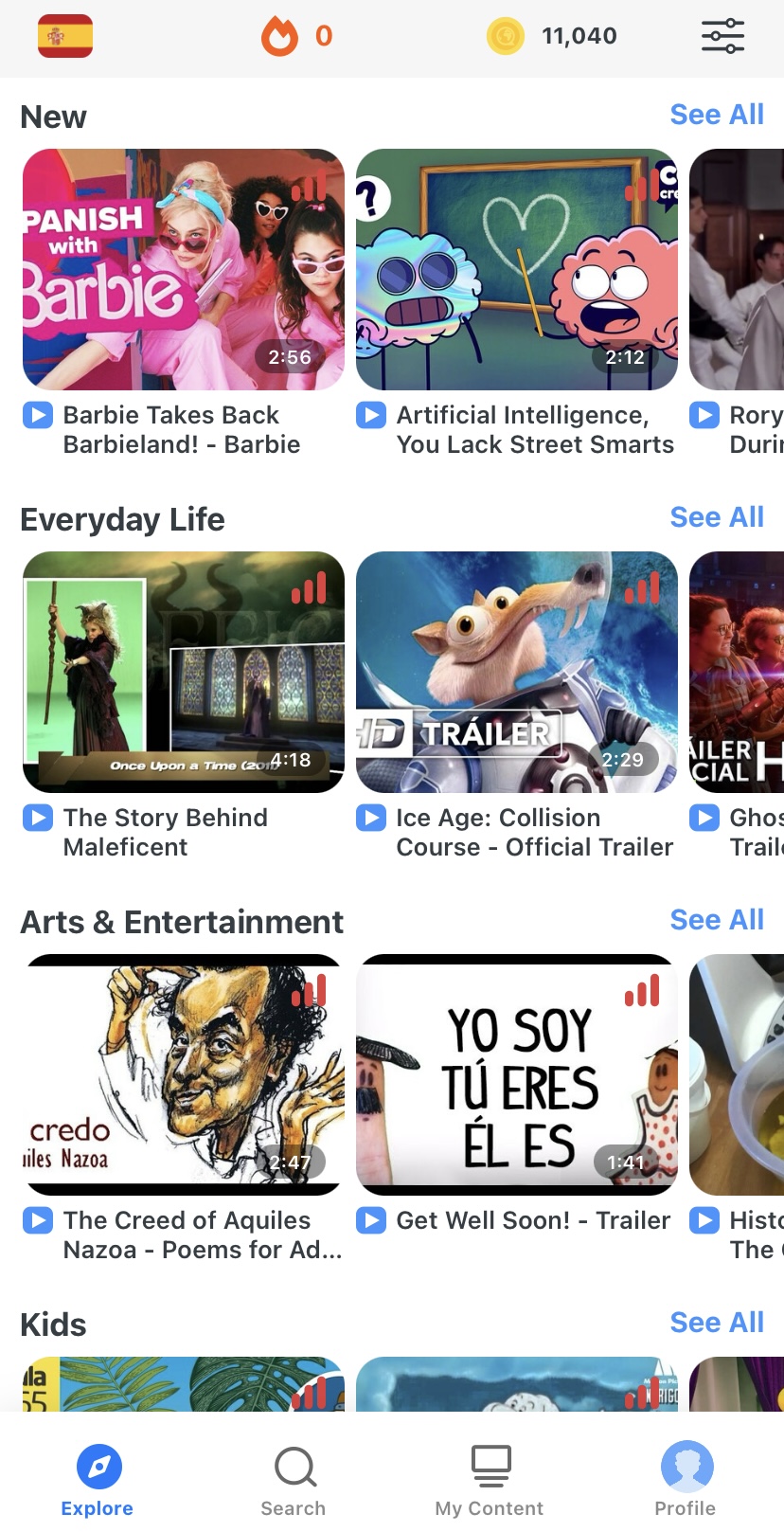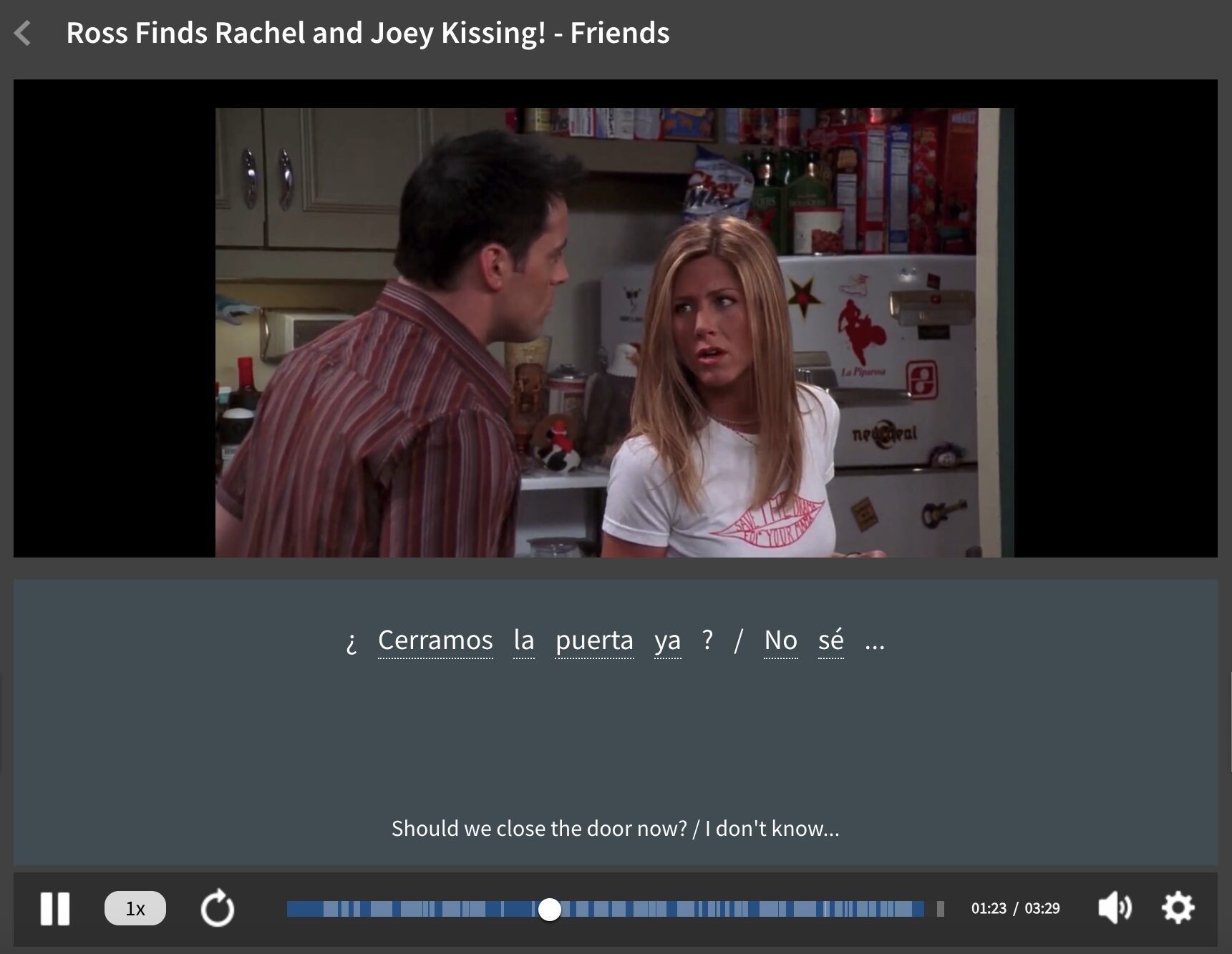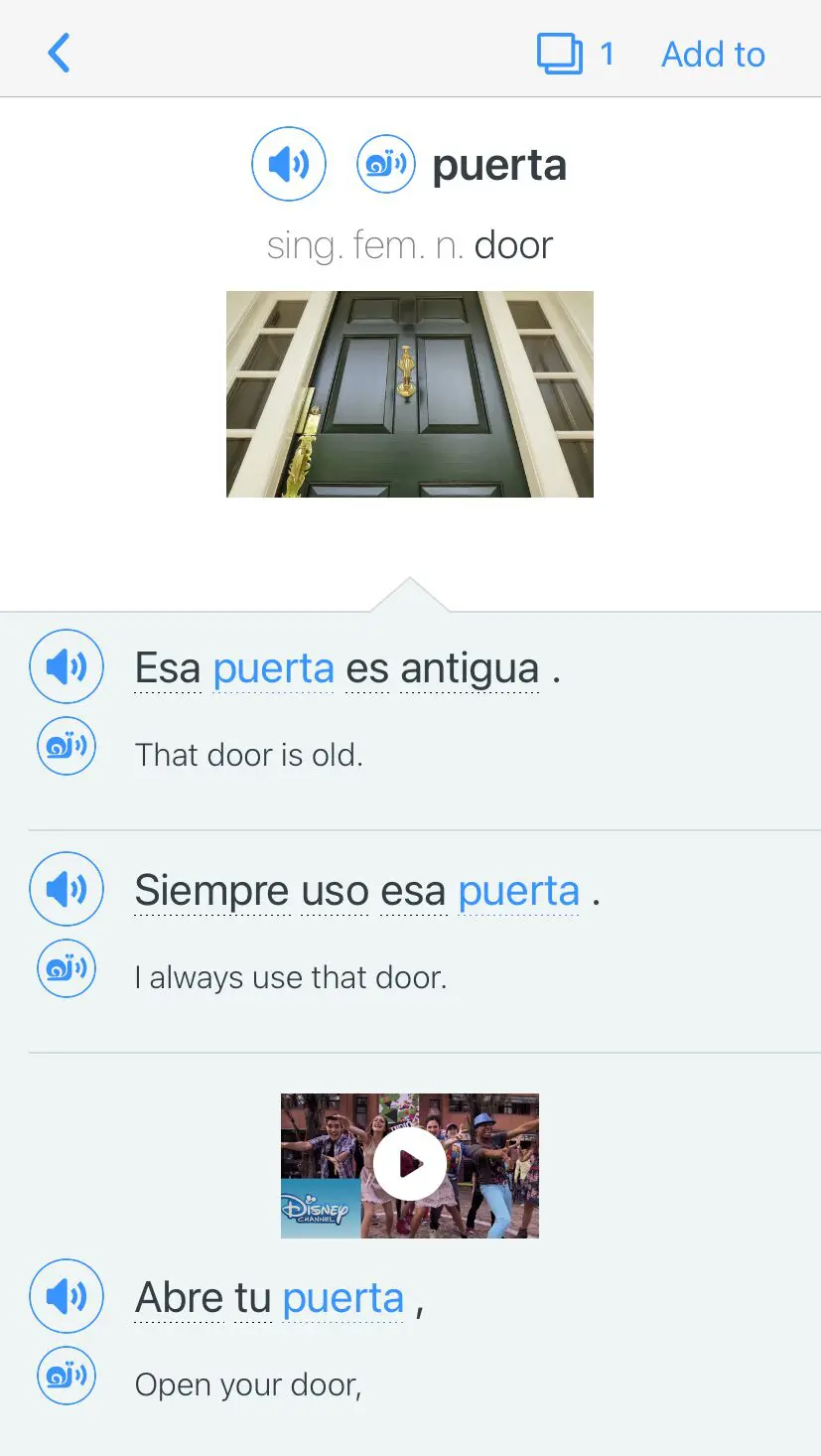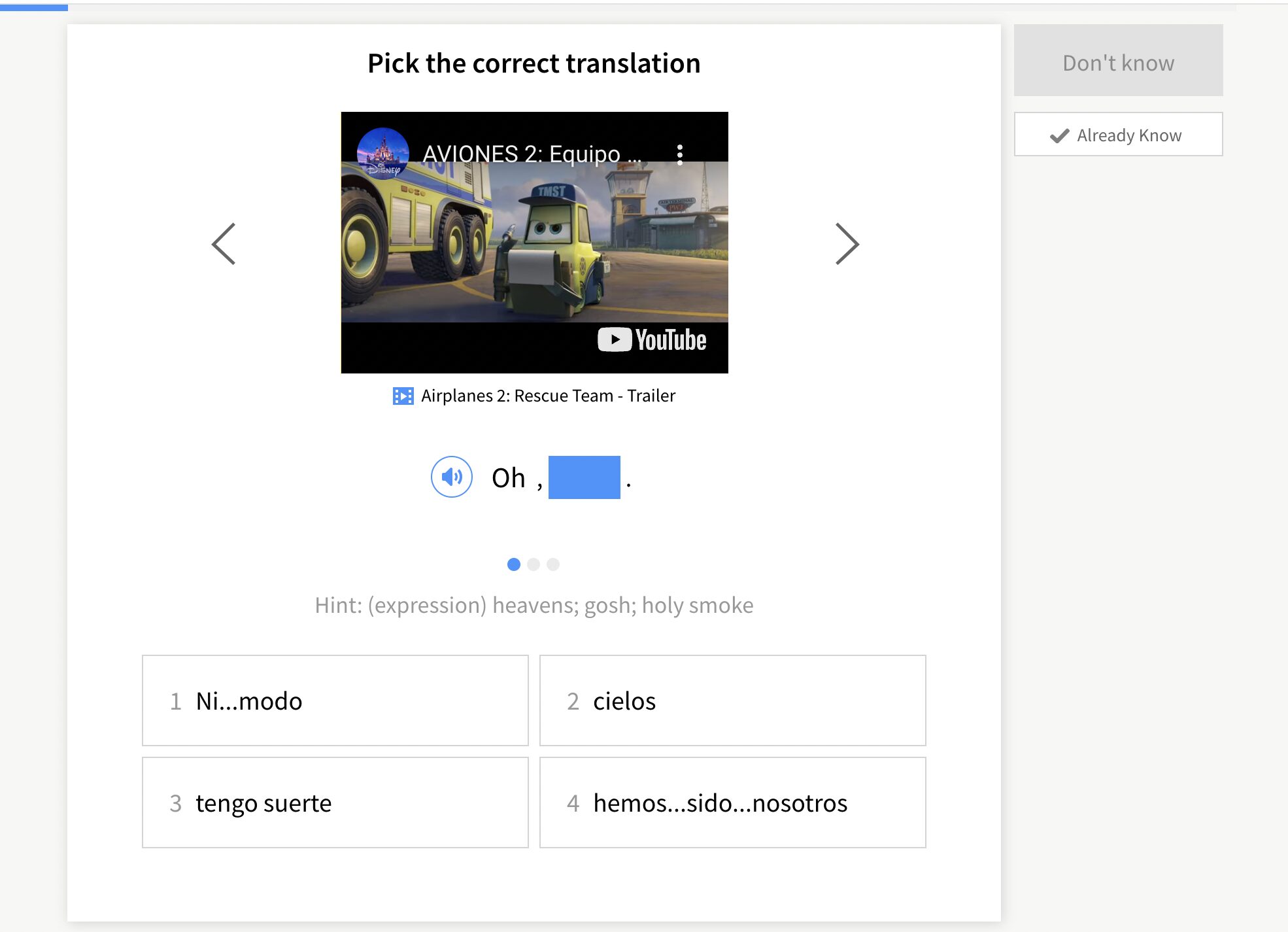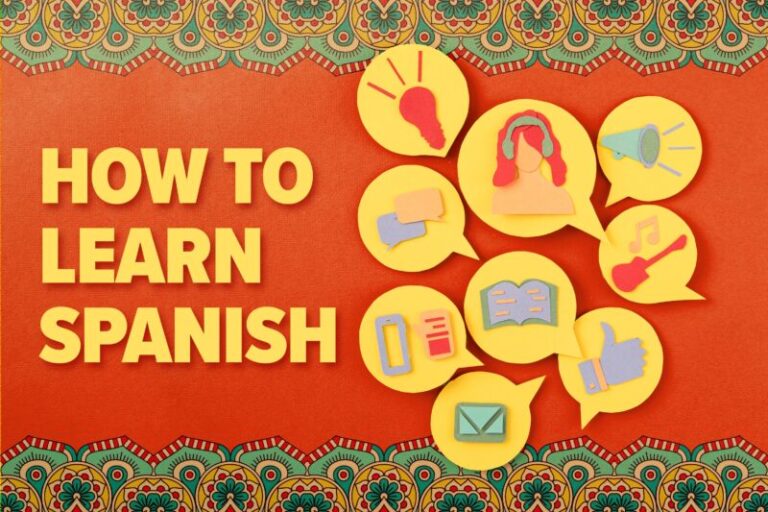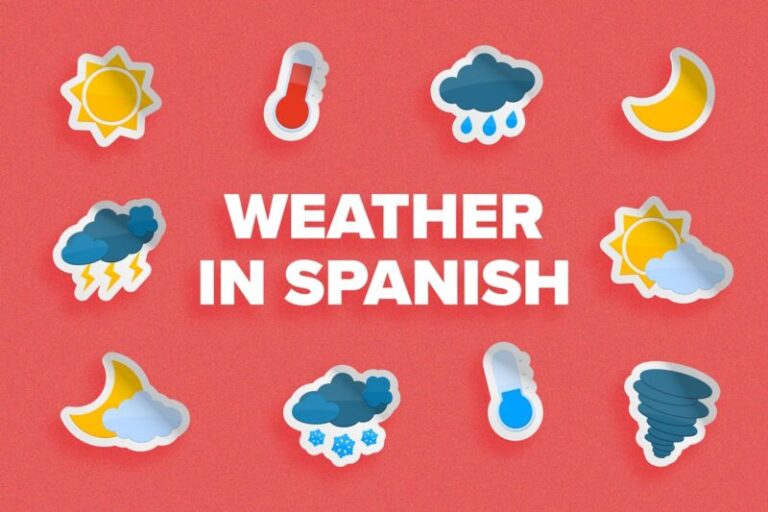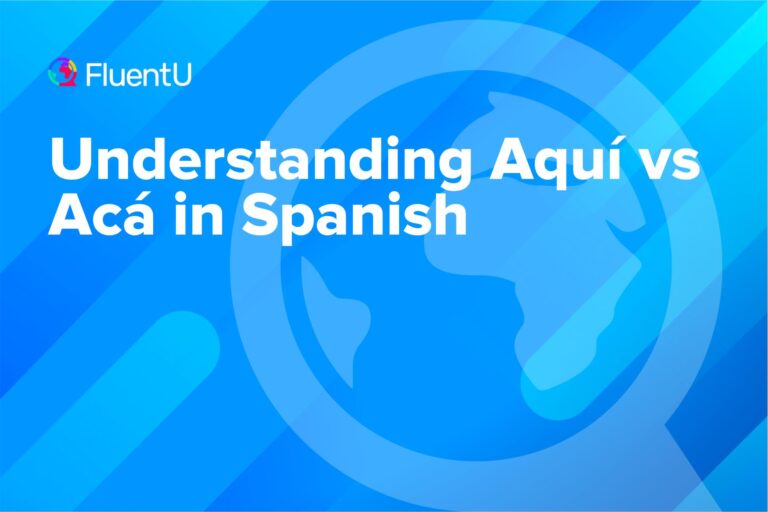11 Ways to Learn Spanish as a Family
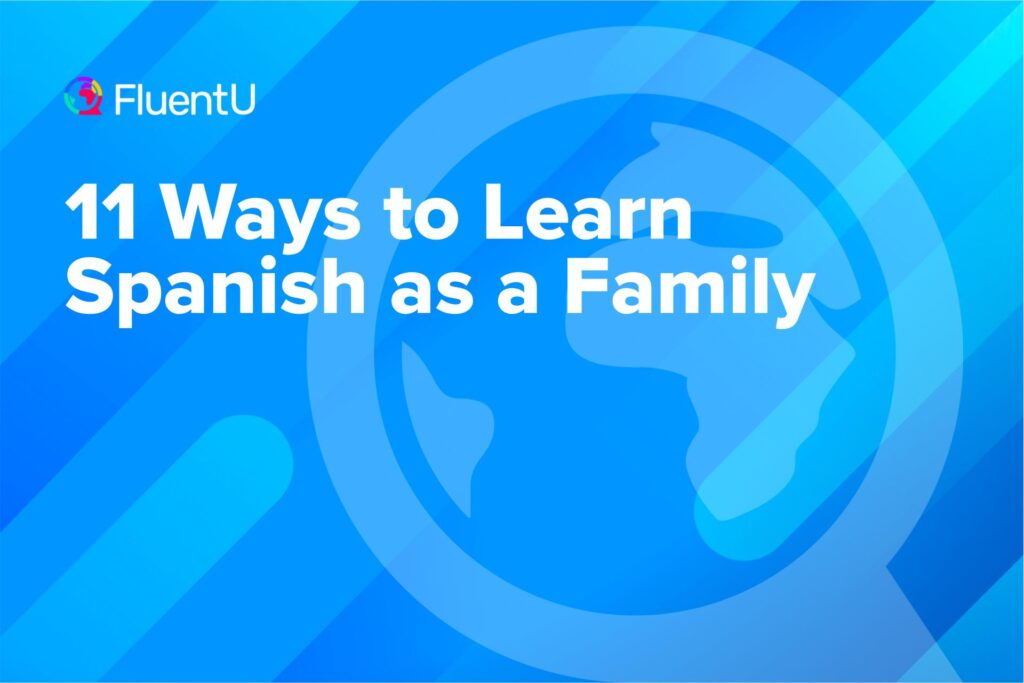
Learning Spanish as a family can create an educational environment and be a great bonding experience, as everyone attends classes, goes on immersion trips and enjoys a shared activity. And, it surrounds you with people you can practice with and motivates you to accomplish your goals.
There are tons of ways to make Spanish lessons engaging and practical, like hosting a themed Spanish night, volunteering locally or planning a trip abroad.
Download: This blog post is available as a convenient and portable PDF that you can take anywhere. Click here to get a copy. (Download)
Family Spanish Lessons to Have at Home
1. Have a Spanish night
Embrace the culture by hosting a Spanish night and enjoy the rich history, delicious food, art, music and movies of your Spanish-speaking country of choice.
- Pick a new country each time. For Spain, dress in Spanish clothing, decorate the house Spanish-style and eat Spanish food. After a meal of paella and gazpacho, the whole family can settle in to watch Spanish movies or listen to Spanish songs.
- Invite Spanish-speaking families or other families learning Spanish over to play games that encourage you to speak Spanish to each other. This will make it a more active Spanish night.
The best part about watching movies, playing music and playing games is that they not only help you appreciate the culture, they also allow you to test your vocabulary and comprehension.
2. Play games in Spanish regularly
Seriously, games aren’t only for Spanish night—the learning process is supposed to be enjoyable! If you have young kids, it might even be necessary to make your efforts to learn Spanish as a family fun by playing games regularly with them.
- Make-believe games, such as pretending to eat at a restaurante (restaurant) or imagining yourself as a taxista (taxi driver), are sometimes the best learning games since they allow everyone to practice useful vocabulary.
- There are also board games you can buy. These include Spanish board games, such as Spanish Bananagrams or KLOO’s series of games to learn Spanish, like Race to Madrid.
- Some other game options are Spanish Bingo, as well as flashcard matching games. These might also be games that you print out or make yourself.
- If none of these meet your fancy, you can always look for online games and apps that children will enjoy. There are tons of Spanish-learning apps for children available.
3. Do at-home activity books
There are many workbooks, challenges and activity books for families to complete together. One of the best is “52 Weeks of Family Spanish.” This resource is a structured home-study program in book form.
It provides a year’s worth of weekly lessons, games and activities and is designed for family participation. The topics are basic, so even young learners can be readily engaged. The lessons and activities are meant to be an integral part of your family’s daily life.
They’re applicable to ordinary situations like family mealtime or describing objects in the home, so there should be lots of teachable moments for the whole family.
4. Watch Spanish learning videos together
Most of us watch at least some TV en casa (at home). That little habit makes it a snap to bring Spanish lessons to the family! Here are a few programs or platforms you can use to make TV time more educational:
- HeyKids. HeyKids videos are made for children, but don’t kid yourself—adults will learn from them, too. The characters and storylines are engaging so prepare to watch for a while once they hit the screen. The subjects they tackle are basic—just the sort of material beginning learners need to form a solid Spanish foundation.
- Muzzy. Muzzy is a popular language learning program put out by the BBC. Along with the classic TV show that teaches Spanish through fun stories, Muzzy now also offers an online learning website, hundreds of games, sing-alongs and more. You have to pay for a subscription but it’s worth it.
- FluentU.
FluentU takes authentic videos—like music videos, movie trailers, news and inspiring talks—and turns them into personalized language learning lessons.
You can try FluentU for free for 2 weeks. Check out the website or download the iOS app or Android app.
Click here to take advantage of our current sale! (Expires at the end of this month.)

- Movies dubbed in Spanish. Tons of popular and all-time favorite movies are dubbed in Spanish. These also make excellent choices because if your family has seen them before, everyone already knows the characters and plot—making it easier to relax and soak in the Spanish without stressing about the details. For example, here’s a video on how to use Indiana Jones to learn Spanish.
- …And the same goes for TV shows. If your family is full of sitcom fans, you can check out Spanish dubs of shows like “Friends” and “The Big Bang Theory.”
Family Spanish Lessons Around Town
5. Take Spanish classes together
Taking classes as a family at a Spanish-language institution can get expensive fast. However, having a native-speaking instructor guide you through the learning process is ideal.
- Thankfully, plenty of cost-effective options are likely available in your local community, such as classes at a community college or through community centers and local libraries.
- If it’s impossible to find days or opportunities that work for everyone in the family, don’t fret. You and your family can always sign up for online classes and study independently. A great online option that specializes in teaching kids is TruFluency Kids. Fortunately, there are a lot of online tutoring options for adults, too.
No matter where you decide to go, make sure you get the most out of the classes by studying with a Spanish tutor or teacher at least once or twice a week.
6. Eat at a Spanish restaurant
When learning Spanish, do your best to immerse yourself in the culture. If traveling abroad as a family isn’t an option, take advantage of local restaurants that boast cuisine from Spanish-speaking countries, such as Spain, Mexico, Ecuador or Argentina.
Practice ordering beforehand and get familiar with the vocabulary. Make it a game to see who can go the longest only speaking Spanish. You can also ask each family member to challenge themselves (and practice) by using full Spanish sentences to order their dishes. No menu pointing allowed!
7. Meet with those that share your passion
Meetups are a great way to connect with new people interested in learning and developing their language skills.
- First, search for gatherings in your town or city. You can check Meetup.com for meetups revolving around all sorts of activities in your area.
- If you can’t find a meetup, start your own! There are probably like-minded folks near you with the same interests, so don’t be afraid to start your own group if you don’t immediately see one that interests you.
Often, it’s possible to find native-Spanish speakers who want to polish their English and are willing to help you and your family with Spanish.
8. Volunteer locally in Spanish
Volunteering isn’t just limited to other countries. Local communities have plenty of opportunities to work on your Spanish.
Look through websites like VolunteerMatch to find opportunities to volunteer with individuals in your local community who consider Spanish their first (and potentially only) language.
Though these aren’t formal Spanish lessons, you’ll be surprised by how much you pick up. As you become more confident, your translation skills may be invaluable to organizations looking for volunteers.
Opportunities Abroad for Family Spanish Lessons
9. Be tourists together
Full immersion in a Spanish-speaking country is by far the best way to learn the language. As one might expect, there are several opportunities to travel while learning Spanish.
The most obvious way to do this is by going to a Spanish-speaking country as tourists. While exploring the region, you can challenge your family to only speak Spanish to the locals. The people you meet will definitely appreciate your attempts to speak their language.
However, when taking the trip as a family, make sure that everyone is getting to participate in the conversation. Often, those who are most confident in their abilities will dominate chats with locals, making it harder for those who are more timid to continue to learn.
10. Volunteer in a Spanish-speaking country
Another way to learn Spanish in another country is through volunteering opportunities. The advantage of this is that you’re learning a new language abroad and giving back simultaneously.
One great option is Volunteer Latin America. This organization provides numerous opportunities that cater to families looking to work together. However, the typical requirement is that the children be at least 13, so this might not be the best option for young learners.
11. Study abroad as a family
Want a unique way to immerse yourself in the Spanish language? Your whole family can participate in a Spanish language intercambio (exchange), like this American family did in Guatemala. They lived with a Maya family for an entire month.
The difference between this and a volunteer experience is that an intercambio is for cultural and linguistic immersion. And, since you’re not volunteering, you’re free to explore the country after the lessons.
But that’s not the only way to study as a family! Check out the Family Spanish Program from the Intercultura Costa Rica Spanish Schools geared towards families that want to study Spanish together.
A few other resources, programs and opportunities include:
- TLCdénia. Their programs in Spain are for adults and children over the age of five. They feature Spanish language lessons as well as family-friendly cultural and athletic activities. Adults take language lessons separately from their children, but the immersive experience gives ample time for the family to practice what they’ve learned together.
If your family can’t just pack up and head to Spain, TLCdénia offers family lessons online so bringing their Spanish courses right into your own home is possible.
- ISLS (Institute for Spanish Language Studies). Located on several campuses in Costa Rica, ISLS has some super options for family learning. Their children’s immersion program accepts kids from eight to 13. Children are placed in classes according to age and language level, so while adults take adult-level courses, the kids are learning, too!
They also have a kindergarten program that accepts children as young as 18 months. It’s a half-day program that teaches young learners in an unstructured immersive environment while their parents attend adult language classes.
Learning Spanish as a family can be a lot of fun, and can help to build long-lasting skills.
Download: This blog post is available as a convenient and portable PDF that you can take anywhere. Click here to get a copy. (Download)
And One More Thing…
If you’re like me and prefer learning Spanish on your own time, from the comfort of your smart device, I’ve got something you’ll love.
With FluentU’s Chrome Extension, you can turn any YouTube or Netflix video with subtitles into an interactive language lesson. That means you can learn from real-world content, just as native speakers actually use it.
You can even import your favorite YouTube videos into your FluentU account. If you’re not sure where to start, check out our curated library of videos that are handpicked for beginners and intermediate learners, as you can see here:
FluentU brings native Spanish videos within reach. With interactive captions, you can tap on any word to see an image, definition, pronunciation, and useful examples.
You can even see other videos where the word is used in a different context. For example, if I tap on the word "puerta," this is what pops up:
Want to make sure you really remember what you've learned? We’ve got you covered. Practice and reinforce the vocab from each video with learn mode. Swipe to see more examples of the word you’re learning, and play mini-games with our dynamic flashcards.
The best part? FluentU tracks everything you’re learning and uses that to create a personalized experience just for you. You’ll get extra practice with tricky words and even be reminded when it’s time to review—so nothing slips through the cracks.
Start using the FluentU website on your computer or tablet or, better yet, download our app from the App Store or Google Play.
Click here to take advantage of our current sale! (Expires at the end of this month.)

